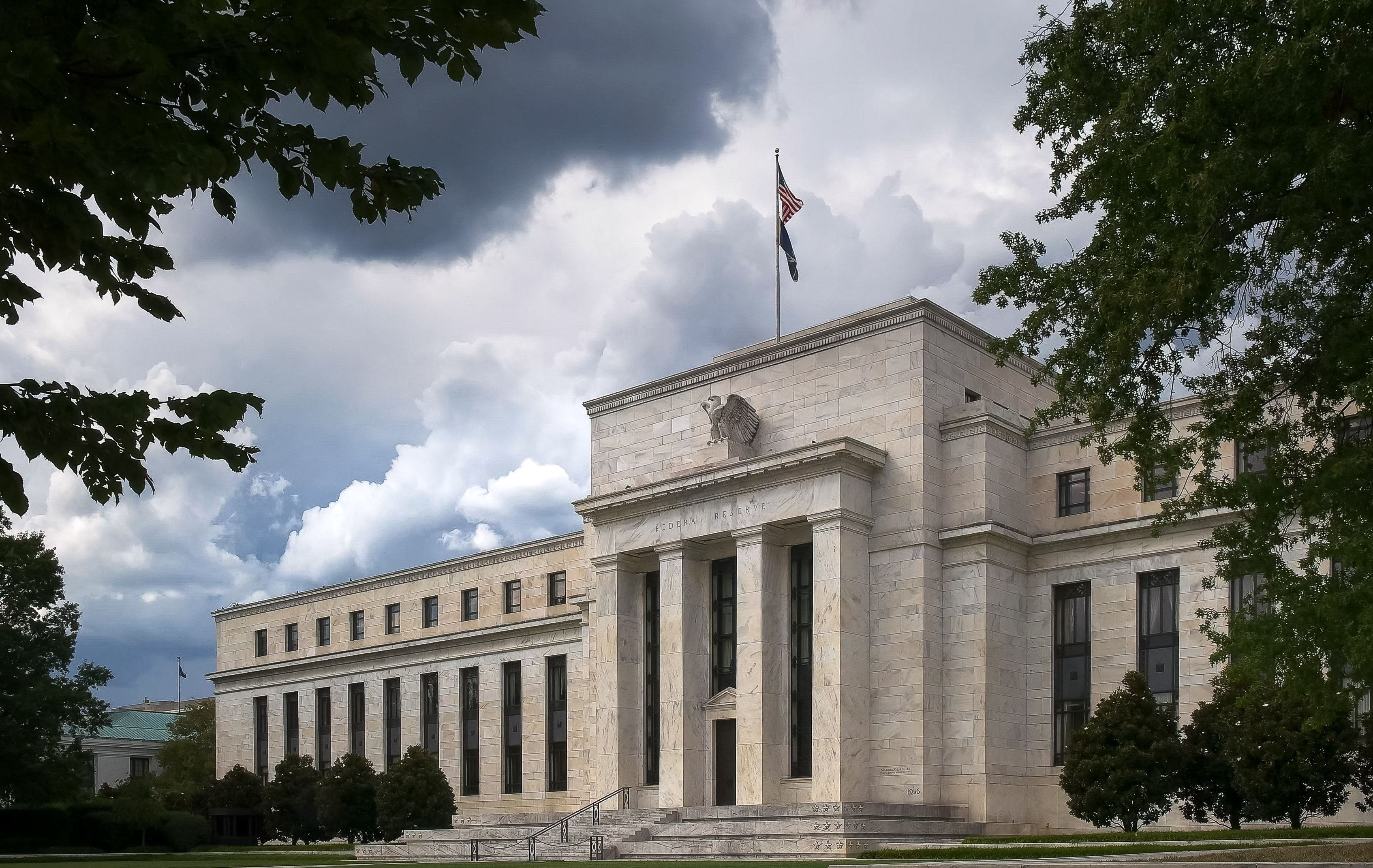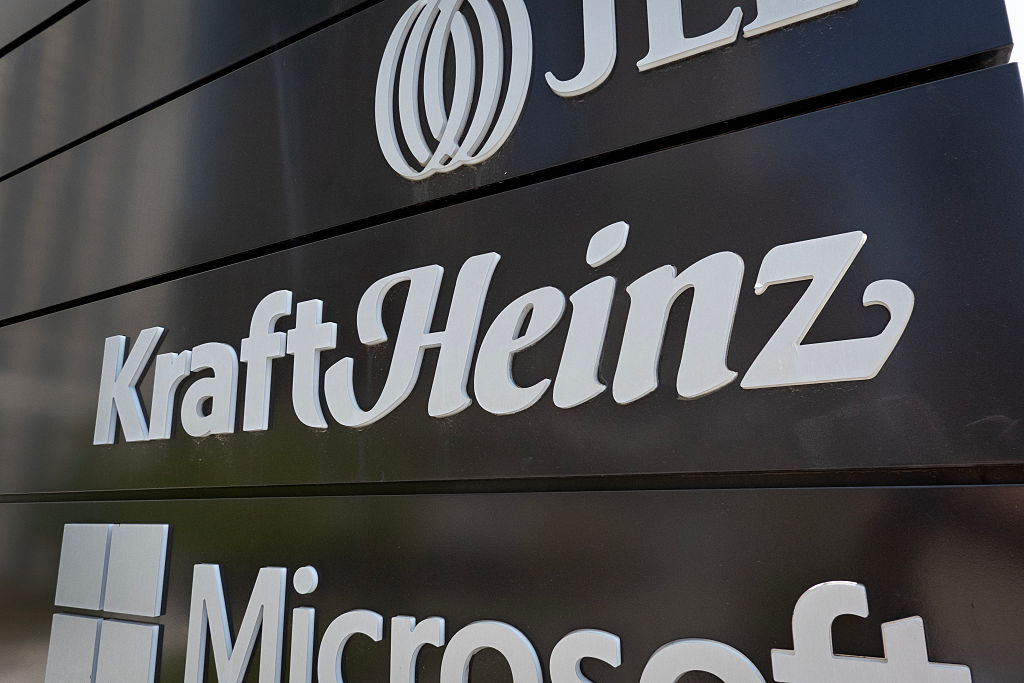Why Stocks Will Keep Going Up
Strong sales overseas and an ocean of uninvested cash buoy the market.

Wall Street has recovered from its late-winter bout with the flu, brought on by a surfeit of unsold homes and bad mortgages. Lots of healthy things are happening around the world, and U.S. business is in the thick of it. The stock market now reflects this, so shares of powerful U.S. companies that excel around the world -- from Alcoa and Boeing to Coca-Cola and Yum! Brands (the parent company of KFC and Pizza Hut, among others) -- are hot. Global vigor, satisfactory first-quarter earnings, tremendous corporate cash flows and well-controlled inflation have lifted the fear that gripped the financial markets a few months ago.
As a result, stocks delivered solid gains in the first half of 2007. Through mid May, Standard & Poor's 500-stock index was up 6%. Expect the S&P 500 and the Dow Jones industrials to produce total returns of 10% to 12% for the year.
| Row 0 - Cell 0 | Latest Stock Coverage |
| Row 1 - Cell 0 | Most Recent Fund Coverage |
| Row 2 - Cell 0 | Mutual Fund Center |
Widespread vigor
Small-company stocks will find the going slower, but they won't crumble. Many small and midsize firms are worldwide winners, too. They benefit more than big companies from the fever to buy public companies and take them private because it's easier to buy them out.
From just $107.88 $24.99 for Kiplinger Personal Finance
Become a smarter, better informed investor. Subscribe from just $107.88 $24.99, plus get up to 4 Special Issues

Sign up for Kiplinger’s Free Newsletters
Profit and prosper with the best of expert advice on investing, taxes, retirement, personal finance and more - straight to your e-mail.
Profit and prosper with the best of expert advice - straight to your e-mail.
The low point of a tough winter was February 27, when the Dow dropped 416 points, or 3.3%. The ostensible explanation was a mini crash in China. But the Chinese plunge came when U.S. companies were in limbo, with another month to sweat before they began posting earnings results. That made stocks vulnerable to bad news, such as higher mortgage delinquencies. Pessimists predicted that these mortgage woes would rage beyond subprime lenders, homebuilders and suppliers of building materials and lead to tighter credit availability in general, a nightmare for retailers, and a severe economic slump.
It's true that U.S. growth has slowed. For the quarter that ended in March, the economy grew just 1.3% in real, inflation-adjusted terms -- its weakest showing since the spring of 2003. But in April and May, the economy showed signs of recovery, led by manufacturing. And the earnings trend is good enough to allay fears. Through mid May, 77% of the S&P 500's stocks beat analysts' first-quarter profit forecasts. Gordon Fowler, who supervises $19 billion for Glenmede Investment Management, calls the mortgage issue "background noise" that won't harm his favorite sectors, energy and technology. Likewise, health care, business services, commercial real estate and most of manufacturing are safely distant from housing's woes. "I'm breathing a sigh of relief," says Doug Peta, a market strategist for J.W. Seligman & Co., who had been expecting more fallout from the mortgage mess. Peta now thinks the broad markets will end the year up 12%. That would take the Dow industrials to about 13,900, and the S&P 500 close to 1600.
Internal dynamics
Put sentiment aside and look at the stock market's internal workings. They're in high gear, and for good reasons:
Excess cash. As a percentage of stock prices, corporate free cash flow (the amount of cash flow left after making necessary capital expenditures) is at unusually high levels. At many companies, the ratio is higher than the yield on a Treasury bond, which tells you the stock is well priced. Shares of Carpenter Technology, a maker of stainless steel and titanium, have risen more than 1,000% since early 2003. Yet its free cash flow today is still about 6% of its total stock-market value, which is a key reason the stock continues to advance. At $137, it's trading for only 15 times estimated 2007 earnings and 12 times 2008's.
Cash also lets companies make acquisitions easily and attracts private-equity buyers, who are willing to pay a lot for companies that generate a lot of cash. First Data Corp., the world's leading payments processor, began 2007 trading at $25. Private investors offered $34 in April, a premium price that analysts say reflects First Data's ample free cash flow.
The big guys are off and running. A surging market needs leadership, and it's finally seeing it among large-company growth stocks, which have frustrated investors for five years despite enticingly cheap prices. Jim Swanson, an investment strategist for Massachusetts Financial Services, says that there are reasons these and other giants' shares are stirring. One is high profit margins. A second is international reach. Euros and most other currencies are worth more dollars than last year, and 48% of sales for the 30 companies in the Dow Jones industrial average come from overseas. A third is price. For example, General Electric shares, at 17 times estimated 2007 earnings and 15 times forecasted 2008 profits, are relatively inexpensive for a company of its breadth and quality, and they have been for a while. But GE is adding higher-return businesses and shedding laggards.
Dividends and buybacks. If they're not busy with acquisitions, companies can deliver their extra cash to shareholders. In the first four months of 2007, 133 companies raised dividends, and some of the boosts were whoppers, such as IBM's 33% increase in April. S&P predicts that total dividends for companies in its 500-stock index will be 12% higher in 2007 than in 2006.
Unusual businesses thrive. Biotech, software and telecommunications, which are volatile sectors, are all doing well. This may be coincidence. For example, the scientists in biotech labs seem to be succeeding more often now than in the past few years. But whatever the reason, the stock market looks healthy around the edges as well as at its core.
Causes for caution
Portfolio managers say that if inflation heats up, the Federal Reserve Board will resume raising interest rates. The fact that the Fed hasn't cut rates despite the slowdown in economic growth would appear to be negative for stocks, but evidently it isn't, given the spring rally. The economy should grow faster in the second half of the year and squash talk of stagflation -- that is, tepid or no economic growth with higher inflation. Then investors can focus on strong cash flow, reasonable earnings, the fast-growing international economy and the stock market's tendency to advance more often than it declines.
Another hazard could be a world economic slowdown, but that's a remote possibility. There's even serious talk that Europe and Asia could keep growing even if the U.S. were to suffer an unexpected recession. History tells us that the companies to avoid are those that can't master the foreign thing. Wal-Mart has many problems, but a huge one is that, except in Canada and Mexico, its international ventures have had mixed success. By contrast, McDonald's is popular everywhere. Over the past year, McDonald's shares have risen 47%. Wal-Mart's have scarcely budged.
Bond outlook: Quiet, relaxed and safe
Bonds are quiet, which is a good sign. Yields and market values of government, municipal and high-grade corporate bonds have been steady in 2007. There's no reason to expect changes soon. The economy is growing, but not enough to unleash the fears of surging inflation, which can lead to higher long-term interest rates and lower bond prices.
Those factors, plus a good balance between supply and demand for high-quality bonds, suggest that bond values will remain in a tight range. Figure on 5.5% to 6% yields from high-grade corporate bonds and 4.5% to 5% for Treasuries with maturities of ten years and longer. The forecast for municipals varies by issuer and location, but insured or other triple-A-rated munis with long maturities should go on paying 4% to 4.5%, the equivalent of 5.3% to 6% on a taxable bond for investors in the 28% federal tax bracket. If you hold 10% or 20% of your IRA in bonds for diversification, well-diversified, high-quality funds, such as Dodge & Cox Income (symbol DODIX) and Vanguard Total Bond Market Index (VBMFX), both of which yield 4.9%, are simple, timely and cost next to nothing.
The spot for caution is in high-yield, or "junk," bonds. Yes, some junk funds are enjoying another good year. Northeast Investors Trust (NTHEX) shows a 2007 total return of 7.0% to May 14. But junk yields, especially on bonds rated CCC, the riskiest end of the junk spectrum, are uncommonly low, compared with yields of better-quality bonds. That, plus the vulnerability of junk bonds issued by financial companies to adverse developments on the housing and mortgage fronts, suggests that high-dividend stocks and energy income trusts are a wise alternative.
Profit and prosper with the best of Kiplinger's advice on investing, taxes, retirement, personal finance and much more. Delivered daily. Enter your email in the box and click Sign Me Up.

Kosnett is the editor of Kiplinger Investing for Income and writes the "Cash in Hand" column for Kiplinger Personal Finance. He is an income-investing expert who covers bonds, real estate investment trusts, oil and gas income deals, dividend stocks and anything else that pays interest and dividends. He joined Kiplinger in 1981 after six years in newspapers, including the Baltimore Sun. He is a 1976 journalism graduate from the Medill School at Northwestern University and completed an executive program at the Carnegie-Mellon University business school in 1978.
-
 23 Last-Minute Gifts That Still Arrive Before Christmas
23 Last-Minute Gifts That Still Arrive Before ChristmasScrambling to cross those last few names off your list? Here are 23 last-minute gifts that you can still get in time for Christmas.
-
 The Rule of Compounding: Why Time Is an Investor's Best Friend
The Rule of Compounding: Why Time Is an Investor's Best FriendDescribed as both a "miracle" and a "wonder," compound interest is simply a function of time.
-
 4 Great Tools to DIY Your Own Financial Plan
4 Great Tools to DIY Your Own Financial PlanSmart Savings Several tools picked out by Kiplinger that DIYers can use to make their own financial plan.
-
 What the Rich Know About Investing That You Don't
What the Rich Know About Investing That You Don'tPeople like Warren Buffett become people like Warren Buffett by following basic rules and being disciplined. Here's how to accumulate real wealth.
-
 How to Invest for Rising Data Integrity Risk
How to Invest for Rising Data Integrity RiskAmid a broad assault on venerable institutions, President Trump has targeted agencies responsible for data critical to markets. How should investors respond?
-
 What Tariffs Mean for Your Sector Exposure
What Tariffs Mean for Your Sector ExposureNew, higher and changing tariffs will ripple through the economy and into share prices for many quarters to come.
-
 How to Invest for Fall Rate Cuts by the Fed
How to Invest for Fall Rate Cuts by the FedThe probability the Fed cuts interest rates by 25 basis points in October is now greater than 90%.
-
 Are Buffett and Berkshire About to Bail on Kraft Heinz Stock?
Are Buffett and Berkshire About to Bail on Kraft Heinz Stock?Warren Buffett and Berkshire Hathaway own a lot of Kraft Heinz stock, so what happens when they decide to sell KHC?
-
 How the Stock Market Performed in the First 6 Months of Trump's Second Term
How the Stock Market Performed in the First 6 Months of Trump's Second TermSix months after President Donald Trump's inauguration, take a look at how the stock market has performed.
-
 Fed Leaves Rates Unchanged: What the Experts Are Saying
Fed Leaves Rates Unchanged: What the Experts Are SayingFederal Reserve As widely expected, the Federal Open Market Committee took a 'wait-and-see' approach toward borrowing costs.
-
 Fed Sees Fewer Rate Cuts in 2025: What the Experts Are Saying
Fed Sees Fewer Rate Cuts in 2025: What the Experts Are SayingFederal Reserve The Federal Reserve cut interest rates as expected, but the future path of borrowing costs became more opaque.